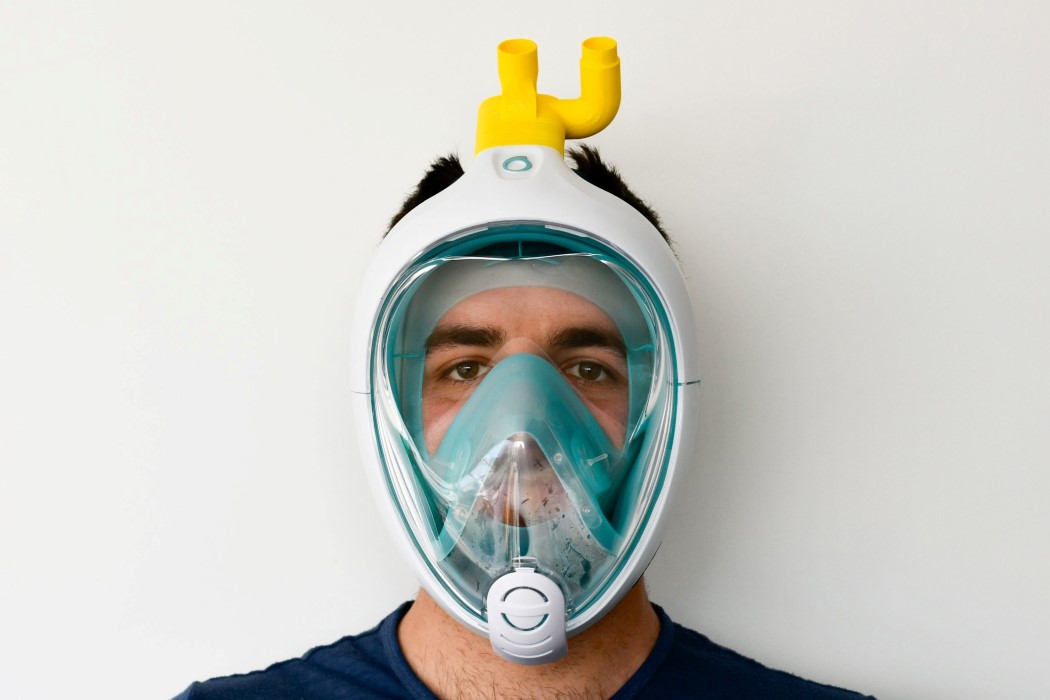Problem Framing is considered a crucial step in the development of a new solution/product or in problem solving.
Yet, we miss spending enough quality time on this step, many a times.
Disclaimer: I will be over-simplifying a few aspects, to drive home the key point so please humor me.
Since early March, as the Corona virus spread to Europe and other countries in Asia/Americas, there was a lot of noise around two things.
Or rather lot of noise around the shortage of two things – hand sanitizers and ventilators.
In India, sanitizers were completely sold-out, thanks to panic buying and stocking up.
The demand for ventilators was projected basis the statistics in Italy and it was obvious that we did not have enough ventilators for the population. Even if one assumed that 1-2% of the infected population would need ventilators, there weren’t enough ventilators.
Not just India, it was the same case in UK, USA and most other countries.
If you read the news, or noticed your Linkedin or Twitter feed, it seemed the problem statement was:
We need more hand sanitizers and ventilators, fast !
Within a few weeks, there were many solutions popping up.
Hand sanitizers made at home, being made by FMCG companies etc.
For ventilators, multiple paths were being proposed and explored:
- Use the same ventilator for two patients. Doubles the capacity
- Multiple companies made devices that pumped air(?) at regular intervals
- Decathlon leveraged 3D printing to re-purpose scuba diving gears
- IIT Roorkee developed Pran-vayu – low cost ventilators

I was inspired by the determination by so many, to find a solution to the ventilator scarcity challenge. It was a phase, when I would spend almost 20-30 minutes looking at the new solutions and being amazed by the interesting paths taken by these innovators and tinkerers.
And then I read a Linkedin post that really shook me. (sorry – missed taking a screenshot )
It was from a doc, who asked a simple question to the ventilator innovators – he asked if the innovators would be willing to bet their own lives on an untested ventilator. He went on to say, the problem is not that we need a new design for ventilators, we need a higher supply of reliable/tested ventilators. Ventilators that medical teams are trained to use.
The problem framing for ventilators really was more like:
We need a higher supply of reliable ventilators. Fast.
Reading that post, it was clear that the challenge wasn’t so much about a new, easy-to-manufacture design but more about ensuring a faster supply of reliable ventilators. Reliability was non-negotiable. And most of us missed this in the early phase.
Many who co-created their solutions with medical practitioners, ensured that reliability wasn’t compromised.
This article, talks about it in the context of the UK:
Here, in the U.K., the government rather botched the whole ventilator thing quite royally. Instead of doing what industry leaders had suggested to the government, which was to repurpose factories to make ventilators using existing plans from ventilator manufacturers under license, the U.K. government took a different approach.
Boris Johnson hosted a call with 60 captains of industry from the U.K. — household names like JCB, Rolls-Royce, Airbus, Honda — and the focus was on making something from scratch from the bottom up. As has so often been the case with this virus, military metaphors were drawn. It would be a crowning moment in British manufacturing, akin to the Spitfire during the Second World War.
Medical advisors said, “Okay, but we don’t need those basic bag-and-a-bottle pumpjack machines. We need the product to be fit for purpose.” But it soon became apparent that what was being proposed was woefully under-equipped to meet what was needed. Instead of listening to experts, British politicians had felt that they understood the problem better and tasked people with a proven track record in an entirely unrelated field, the job of solving the problem.
The sanitizers on the other hand, didn’t have such bottlenecks. You could make your own at home too.
The key lesson I learnt observing this unfold, was to pay very close attention to adjectives in the problem framing stage.
Key adjectives for the desired solution were slightly different for ventilators vs sanitizers, yet making a world of difference:
- ventilators : reliable (non-negotiable), low-cost, high-capacity
- sanitizers : low-cost, high-capacity
So, how do we ensure we have an accurate framing of the problem? Some ideas include:
- Get the key stakeholders (e.g. medical practitioners in the case of ventilators) involved in the early stages of problem-solving and solution-design. Co-create if possible. They will catch the missing adjectives
- Define the conditions of satisfaction – again vetted by the user/stakeholder and not just the interpretation of the innovator
- “Watch” the existing solutions in action. It is one thing to read about what a ventilator is and another to witness it in action in an ICU. One would know the stakes involved.
- Slow down. As an engineer, I have witnessed the inherent nature of my mind to jump into the solution mode. This adrenaline surge that comes from building something new, or solving a problem, takes us away from spending enough time asking ” do we really know what the problem is “
